A new reading of a movie that isn’t queer-coded can show us a different perspective and broaden discussions on identity and acceptance.
The viewing of non-queer stories through a queer lens has seen pushback in recent years because some stories are simply not written to be queer, and it might feel disingenuous to interpret them as such. Yet, I argue it’s not only acceptable but beneficial. Because of the pervasive dominance of the heteronormative perspective in media, normal and sweet stories aren’t often told about queer people. Queer characters, if represented at all, are far more likely to die tragically or kill each other with hammers than grow old together.
Thus, as members of the queer community, we see ourselves in the movies we need to, usually to create and expand our own narratives. Horror is a place where imagination runs free and has no rules. And it’s the perfect place for queer icons to be whatever we perceive them to be.
Those not a part of the dominant culture are the ones who notice and feel the exclusion, while people who are part of that dominant culture can’t see this discrepancy happening; they aren’t the ones being excluded.
It’s tragic to comprehend that gay couples and those who try to live an authentic life as the person they were meant to be must still endure harassment, hatred, and bigotry, even in 2023. In fact, it’s not hard to argue that the landscape for the queer community has gotten more rocky and treacherous in recent years.
Movies have significant power beyond pure entertainment. And giving someone the opportunity to find identity, acceptance, and community — even if it’s through the shared love of a genre icon that may have never been written as explicitly queer — is incredibly powerful and important.
Regan MacNeil from The Exorcist (1973)
Most people know the basics of The Exorcist (1973) story even if they’ve never seen it (and, if you haven’t seen it, I urge you to fix that immediately). A worried mother, a possessed little girl with a foul mouth, and a priest who comes to save her to the tune of the chilling and instantly recognizable Tubular Bells.
Though too young to understand sexuality, Regan MacNeil could be seen as a queer icon.
I never realized the implications of Regan’s character until I read the fantastic piece by S. Trimble featured in It Came from the Closet: Queer Reflections on Horror. This is not an explicitly queer-coded movie, and yet, this writer saw themselves in the film anyway.
With enough context, one can see exactly how the Pazuzu-possessed Regan could be a queer icon. She is a white girl who doesn’t behave “as she should”; Regan-as-a-demon pushes back against the institutions that bind her language, looks, and body. A product of cultural, systemic misogyny, she needs to be “saved” by a white man. The priest represents the patriarchal establishment coming in to save her poor little soul.
The single-mothered, ambiguously gendered (in name) Regan can be fit into a box more easily by the society that sees themselves as owning her. To fully feel freedom, that box must be ripped open, and one’s true self emerging even if it’s ugly to white society.
Later, Trimble viewed the film as a closeted gay film about a man (the priest) in love with another man and dealing with his grief and queer guilt over the Church’s continued condemnation of homosexuality. Father Karras then sacrifices himself so Regan can live, which is a better story, in my opinion, than the real one: the demon killed Karras and escaped back into the world, undefeated. It may come back for Regan someday.
Glen/Glenda from The Chucky Franchise (2004-)
Killer dolls have forever been ready-made queer icons. They’re seen as disruptors of the heteronormative nuclear family. They’re different in an uncanny valley sort of way, and yet, we relate because their otherness isn’t seen as a bad thing.
Chucky, as a serial- killer-become-murder-doll, has been an interesting character since his inception. But it’s through his kids introduced in later movies/the TV show that we see the exploration of gender.
Glen/Glenda are probably the first gender-fluid characters in a mainstream franchise; Glen (the sweet doll who can’t understand his parents’ impulse to kill) and Glenda (a murderous female alter-ego). Glen/Glenda slips easily between these two genders. The TV series “fixed” the issue by having the two personalities be in separate bodies, but this is understandably irritating for gender-fluid fans who related to Glen/Glenda existing in one body.
However, Don Mancini respected that gender fluidity isn’t a problem that can or needs to be fixed by having one’s own body and has great representation of gender dysphoria, which isn’t seen as much as it should be. Even if one doesn’t experience gender dysphoria, it is important to see characters who have it; it exists.
Now in their separate bodies, they’re non-binary/genderfluid (and played by a non-binary actor), polyamorous, and just trying to deal with their killer parents. The Chucky series (movies and TV alike) is very queer in general, with a gay creator, Don Mancini, at the helm since the Child’s Play days. Under Mancini, queer characters aren’t forced into binaries: they’re lovable and also deeply flawed as humans, something queer audiences sadly don’t get to see often.
Chucky, when asked about his tolerance for his gender-fluid child, proudly states, “I’m not a monster.”
There is this tendency to lump all evil traits together, like murder and intolerance. But it’s also a funny juxtaposition because Chucky is, in fact, a monster. And yet, he loves his child enough to put away preconceived notions about gender and accept them for who they are. Anyone who doesn’t is the real monster.
Jennifer Tilly is a gay icon already, and her doll counterpart to Chucky, Tiffany Valentine, has been iconic since we first saw her in Bride of Chucky (1998). Tilly hopes for more lesbian representation in the future by being paired with Chucky-possessed Nica, played by Fiona Dourif (who is the daughter of Chucky’s voice actor, Brad Dourif).
I’m excited to see how characters develop in this show and any continuing movies we may get in the future. I’ve been here for Chucky since I saw him murdering people at 13, and I’m staying for all the queer exploration/representation.
M3GAN (2022)
The murder robot, M3GAN, who would do anything to protect her best friend, Cady, has found fertile ground in queer people’s hearts.
Partially, this was because the concept of “found family” was at play, mainly because of familial abandonment (something many queer people have had to deal with). There is also rage against the entire system built for oppression, as well as rage against heteronormativity, and even rage against ourselves. Throw in some twinky contortion, cutting down people with ease, and adoption of modern slang, and you have a queer icon straight out of the box.
There’s a permanent love of camp/themes of violence and fear alongside the femininity of dolls. But M3GAN is lovely, witty, murderous, bitchy, and scary as hell. Gender norms don’t have to apply to dolls; we can do whatever with their characterizations. She has a very “gay sensibility” even if she isn’t gay; she’s fabulous. Anyone can see that. M3GAN also wore the sunglasses that she didn’t need for the drama of it to throw off like she’s Miranda Priestly at Runway, surveying the underlings she rules.
Women are often gay icons, and gays love movies about women in general, specifically, strong women leads. There’s also fierce loyalty when someone messes with one of us (M3GAN will gladly kill someone to protect Cady).
She is neither a good girl nor a bad girl exactly. M3GAN is somehow both and neither, simultaneously. This is refreshing when many stories about women employ the tired virgin/whore tropes. Because she’s a child’s toy, M3GAN should resemble innocence (and sort of does). But she is much more than that. She is both powerful and destructive, wrapped up in a pretty package: death in a cute dress.
M3GAN is the culmination of what all men fear: an unstoppable woman who could overpower them.
If one is unused to seeing a powerful force of AI-powered monstrosity or not around strong women often, then the terror is palpable. She’s here; she’s a queer icon; she’s going to mess up anyone who gets in her way. Beware.
Pinhead from Hellraiser (2022)
Clive Barker was one of the earlier out-gay storytellers, and his book, The Hellbound Heart, became the basis for the Hellraiser movie franchise. The latest in the franchise, Hellraiser (2022), now features a trans woman, the amazing Jamie Clayton, as the first female Pinhead.
The ability for a female Pinhead (as coined, much to Clive Barker’s irritation/embarrassment) was always an option because the character is often implied as or interpreted as gender-fluid.
I personally loved this representation because Pinhead, in general, is a badass with such amazing gravity that, of course, I want to see a woman playing that character. Not only that, we have the gorgeous Jamie Clayton, a trans actor playing the seemingly gender-fluid character (definitely female in design but with a deep, threatening voice).
The Priest (Pinhead’s real name) seems to have this horrible curiosity about the people they torture, figuring them out and giving them what they ask for. The Priest, to me, signifies choice and human fallibility about making the wrong choice. The Cenobites, a fascinating group of monstrous once-humans, are there to bring together pleasure and pain in a way never experienced before, but everything comes with a price with magic (this includes the Lament Configuration puzzle box).
The human imagination is narrow and imagines only pleasure when there’s much more pain. But without suffering, we can’t truly experience joy. This is explored when local Moron Roland Voight — the typical rich man with too much money to enjoy anything because the entire world is his oyster truly — acquires the Lament Configuration and gets much more than he bargained for.
This successful reboot got people reinterested in the Hellraiser franchise again, and I hope we get more Cenobites soon. There is so much dark and beautiful material to explore.
Spike from Buffy the Vampire Slayer (1997-2003)
Buffy, while not immediately queer, is a very queer show.
Buffy is a character who does not get to choose who she is. She is the Slayer, whether she likes it or not. Buffy didn’t ask for this, and she can’t change it. Thus, the show became about her journey of acceptance, her longing to be normal, her pain as she has to watch others get the things she can’t have, and her road to truly embracing who she was meant to be. Of course, many queer people can identify with this.
Buffy challenged gender norms. She is blonde and delicate-looking, but she could also kick your ass all over town. She had to deal with intense suffering throughout the show and held up her head bravely, even when she didn’t want to/was terrified.
Enter Spike, who, like Buffy, challenged gender norms. At times, he’s a villain, but most of the time, Spike is an antihero. He could have been written as the pinnacle of toxic masculinity, but there’s softness there — first with monstrous Drusilla, then as a brokenhearted vampire when she dumps him, and finally as a pining lover of Buffy.
It’s been argued he’s genderqueer; he’s written to be straight, but he also has lovely delicate features and eyeliner.
He’s very punk, rebellious, and somewhat androgynous in his beauty/style. What I love about Spike is those contradictions of gender; he is whoever he feels like being and doesn’t subscribe to what makes a man. He’s whoever he wants to be, something all queer people strive for in a world that often tells us we don’t belong/that we’re too much.
He also exemplifies the concept of reclaiming his identity post-metaphorical transition, becoming and embracing “Spike” instead of his birth name of William.
There’s a reason vampires, werewolves, and other horror monsters and villains often end up becoming accidental queer icons. They can transform pain into beauty and trauma into power. Their disruptive or backward moral codes allow them to have fully realized confidence in a society that does not accept them.
Often, vampires and other similar folkloric creatures are utilized in film and television as a transmutation of their humanity/trauma into the power they wield as new creatures.
Spike is free. He’s not encumbered by binaries of feminine versus masculine. Be like Spike; be too much or whatever else you want to be.
…
Every person absorbs media through the sieve of their consciousness, personality, and experiences. Why can’t a community claim something that often shuts them out in culture?


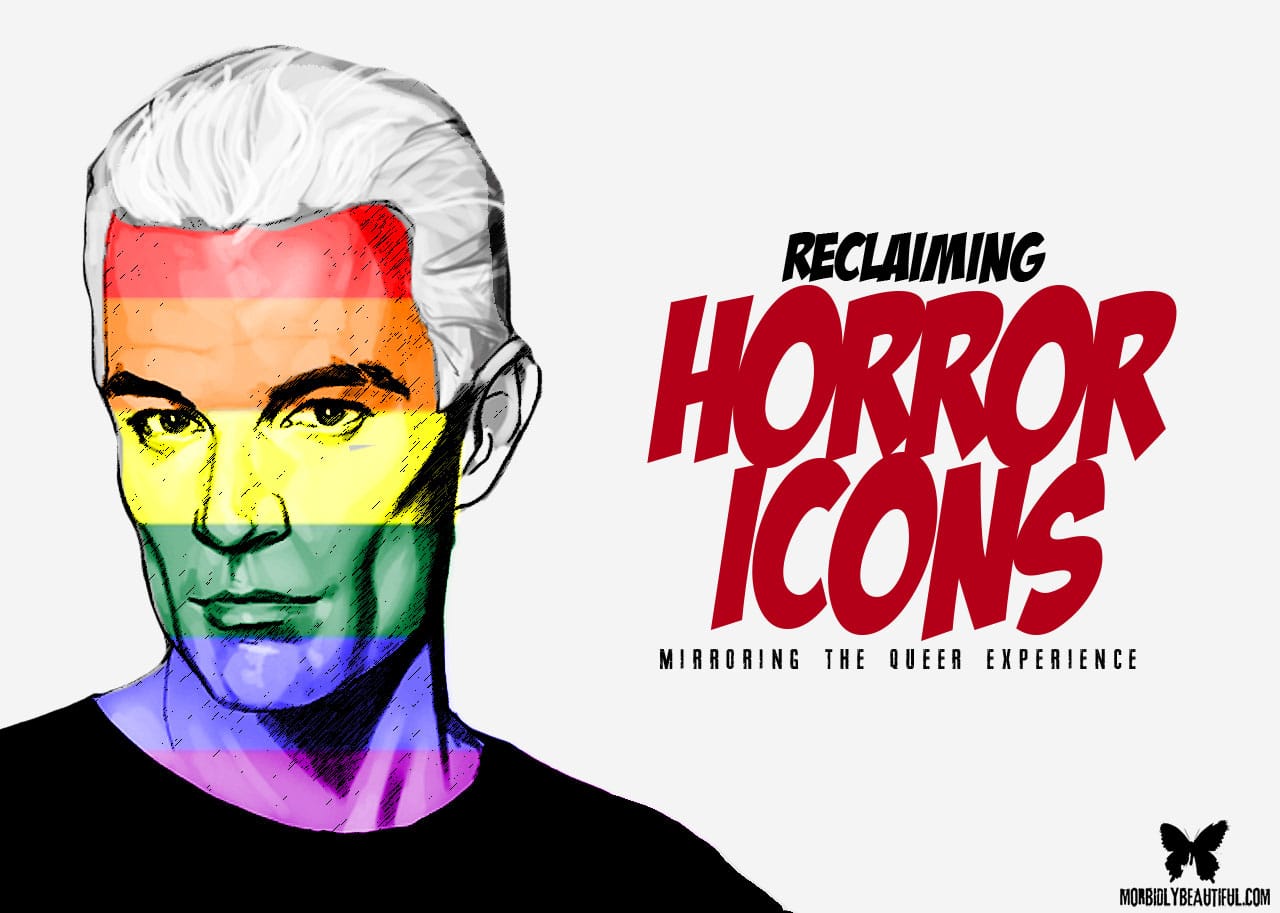
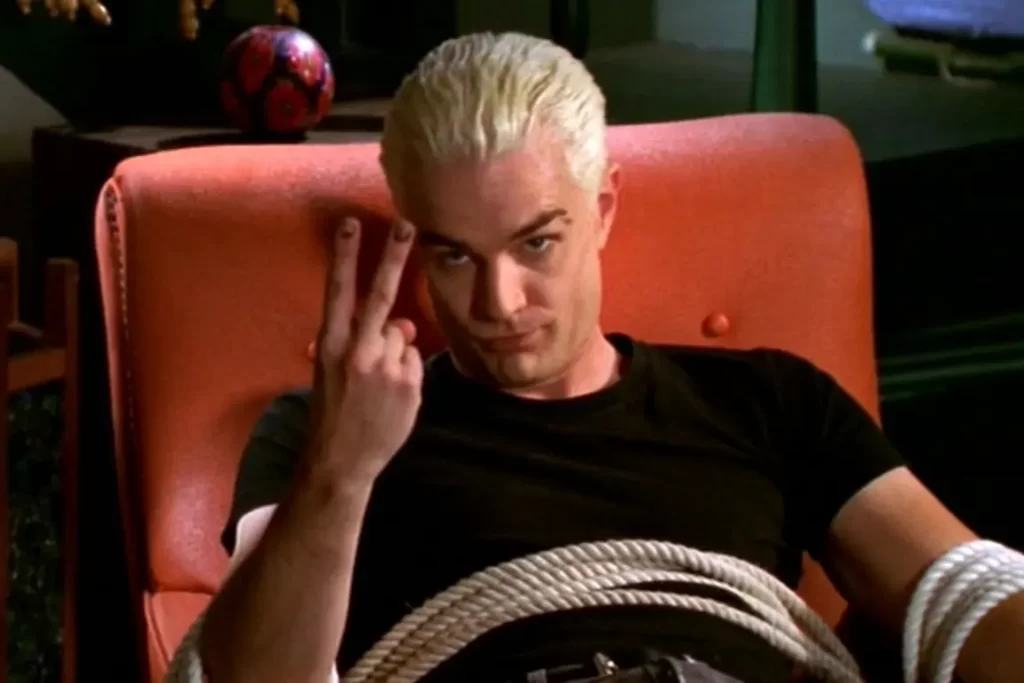
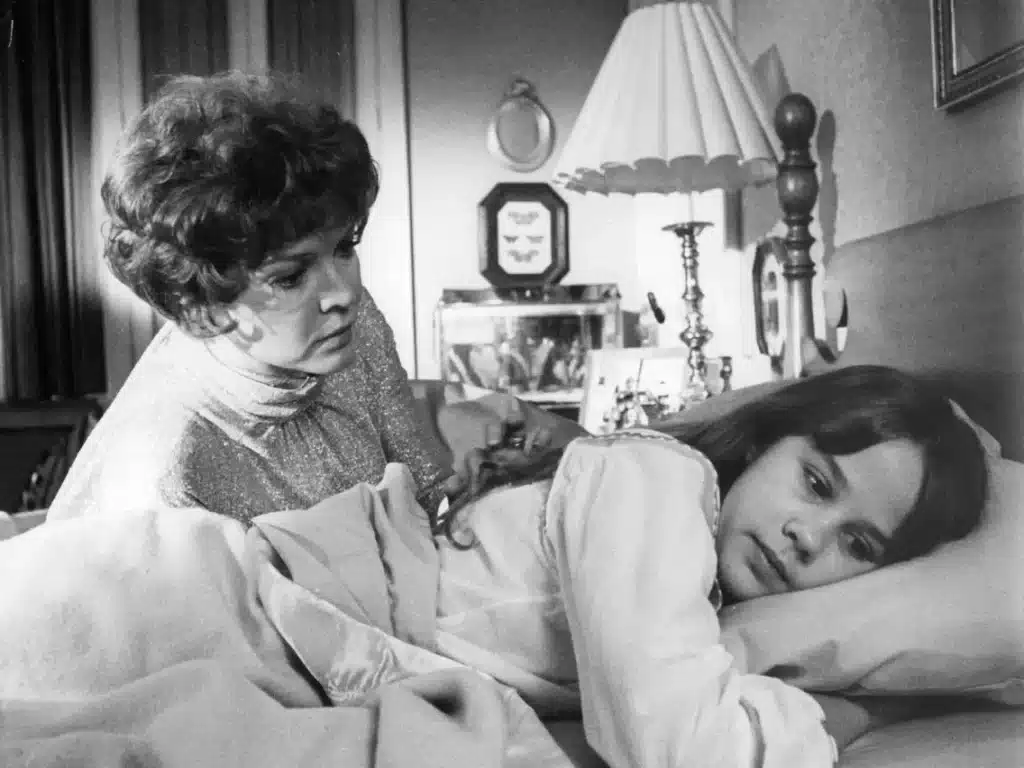
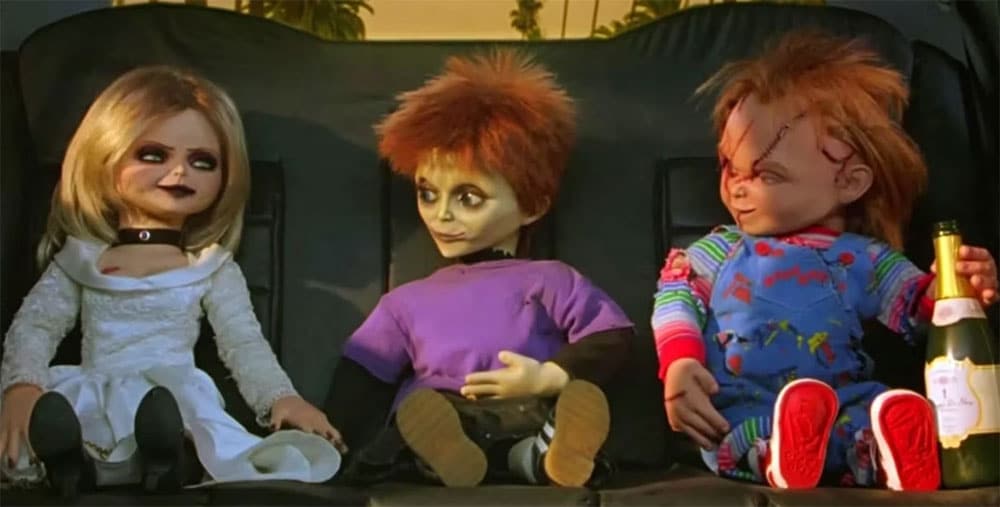
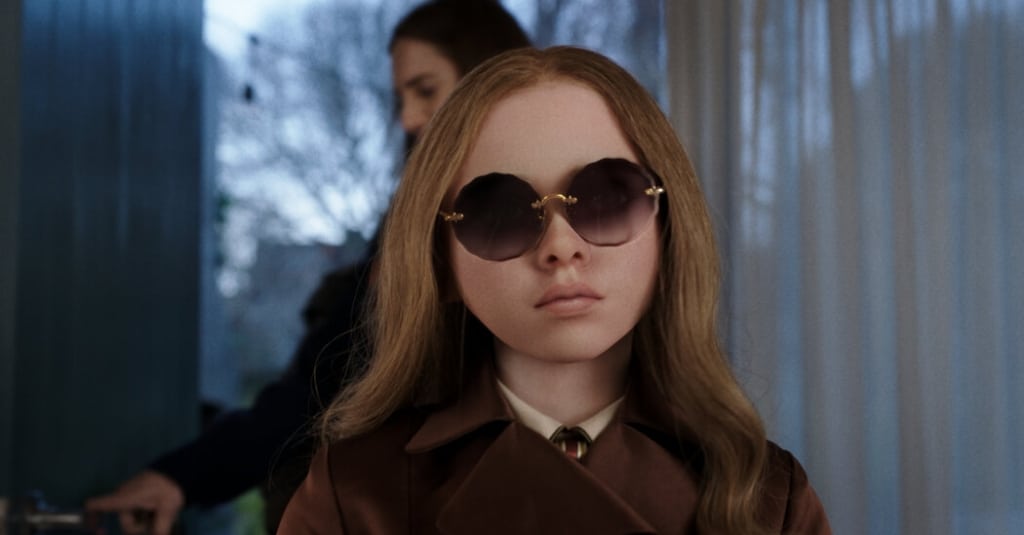
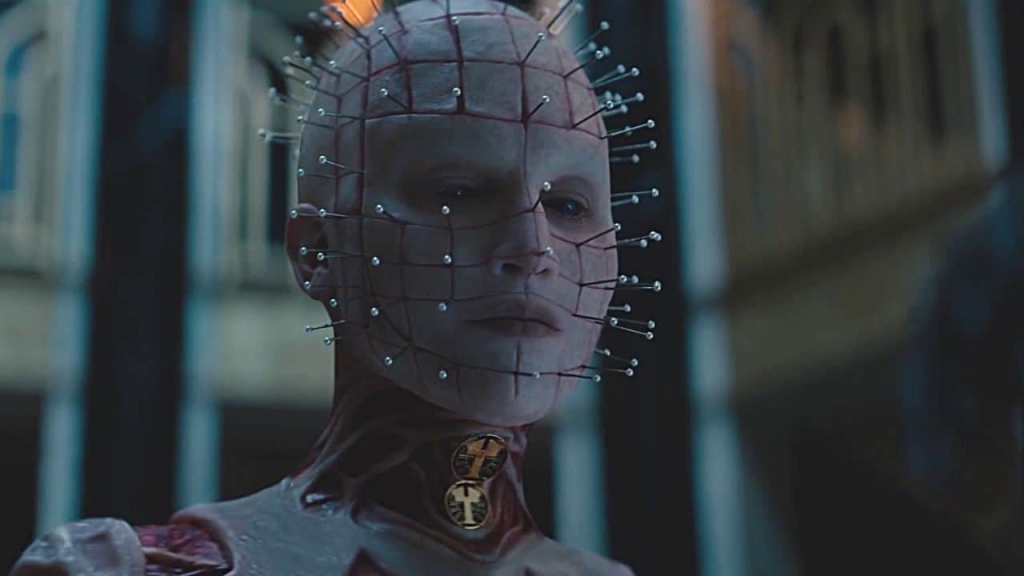

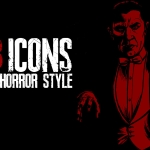
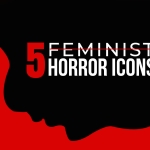
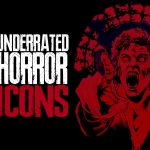
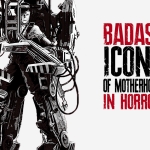


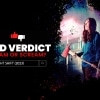




Follow Us!